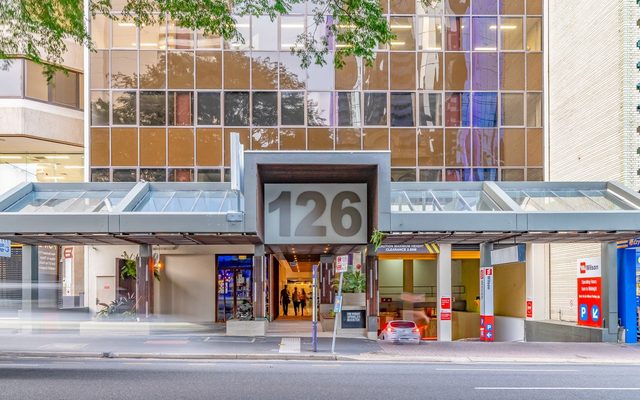This article is from the Australian Property Journal archive
RENT collection across Australia’s commercial property sector has made a full recovery from the lows reached in the heights of the COVID-19 pandemic.
According to Re-Leased’s latest Tenant Health Index (THI), rent collection has returned to pre-pandemic stability with an average rate across all sectors at 99%, from the April and May 2020 low of just 67%.
The THI looked at data from Australia’s industrial, hospitality & leisure, office, and retail sectors across more than 80,000 leases.
“While industrial remains strong, we’re seeing softened demand in certain areas. Hospitality & Leisure is rebounding with robust tenant retention, and office and retail continue to navigate structural shifts, with occupiers paying premium rents for prime locations,” said Tom Wallace, CEO at Re-Leased.
“After the turbulence of Covid, inflation, and the cost-of-living crisis, our data signals a strengthening for both landlords and tenants.”
Occupier retention rates across all sectors averaged 78%, led by hospitality and leisure with the highest tenant retention at 83%.
While the rent retention rate, which measures the rent paid by retained tenants compared to the previous year, averaged 86% across all sectors.
Though retail led the rent collection recovery with a rate of 98.62% up from 54% in 2020, the sector’s tenant retention rate was the lowest at 73% and rent retention was at 83%.
Retail’s lease-to-rent retention variance was the highest of the CRE sectors at 10.42%, likely reflecting rent increases, larger spaces or investments located in premium locations.
The industrial sector’s rent collection rate was at 99%, with its tenant retention at 78.8% and rent retention at 86%. With rent-to-lease retention variance at 7.4%.
While industrial landlords in high demand areas are still achieving solid levels of rent growth, in lower demand areas particularly for larger warehouse spaces, vacancy rates are up and retail gains have softened.
The office sector’s rent collection rate was also at 99%, with tenant retention at 76% and rent retention at 85%. With rent-to-lease retention variance at 9.0%.
In office occupiers are currently chasing smaller premium spaces at higher rates, as the flight to quality trend persists.
In Melbourne, the office market is track for its lowest annual level of sales in 20 years, as the sector continues to lag behind the industrial and retail markets, according to recent data from Urban Property.
While a recent MSCI Capital Trends Report revealed the growing gap between buyer and seller expectations in Melbourne’s office market.




